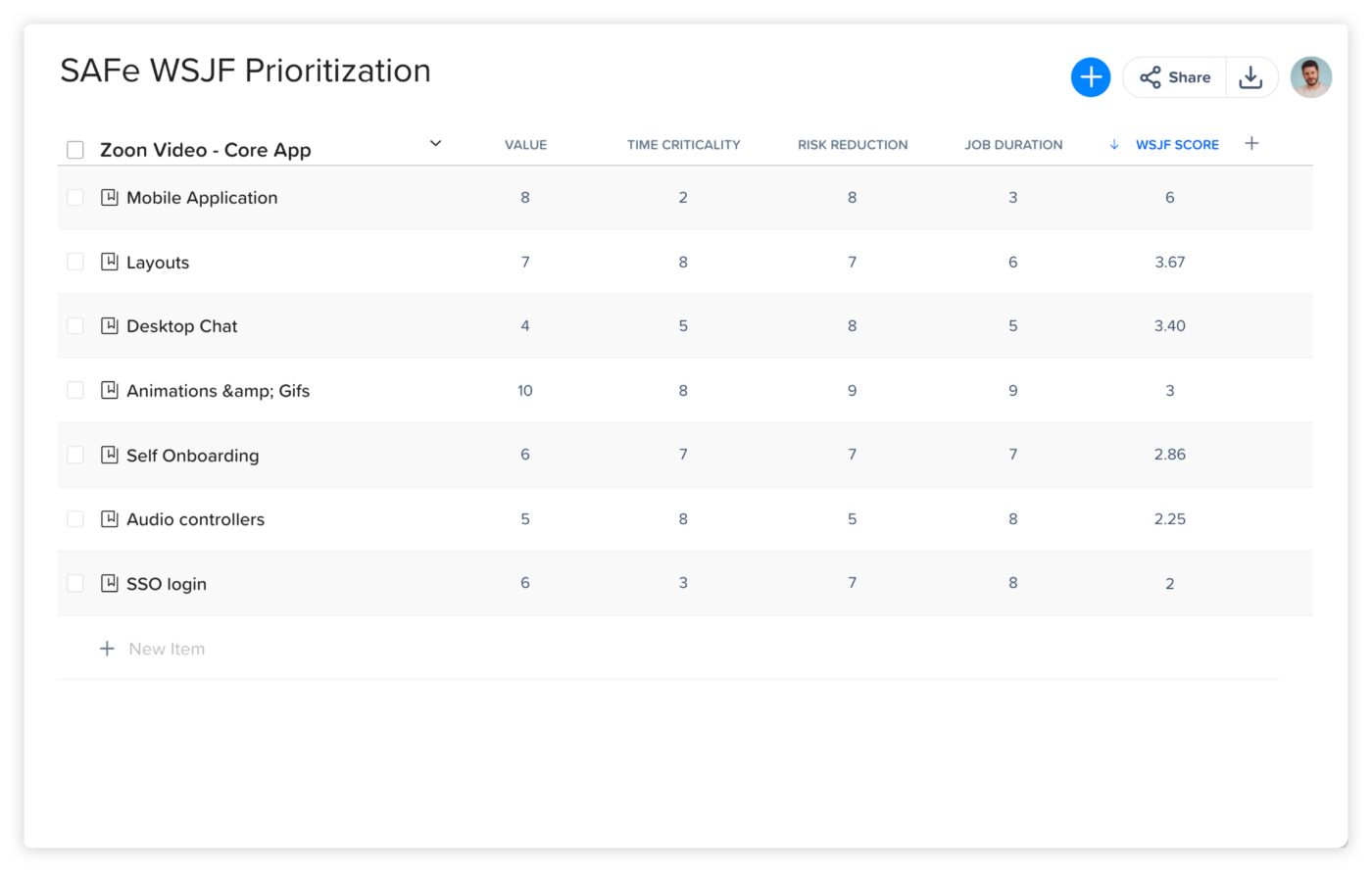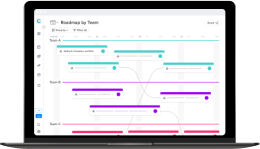SAFe® WSJF gives you a clear, data-driven way to focus on high-value work and speed up delivery. Product owners trust Craft.io for WSJF because it delivers proven results; helping teams move faster, stay aligned, and achieve stronger business outcomes. With expert support, ready-to-use templates, and proven best practices, Craft.io empowers teams to make smarter, data-driven decisions every day.
Focus on financial impact with WSJF
Calculate each of your items according to the cost of delay divided by its job size (the amount of time it’ll take to develop). Prioritize items with the highest score to ensure that you’re working on the items that will generate the most financial value with minimal costs. Leverage this agile framework to benefit from an objective, economic-focused prioritization method that has proven its worth time and time again.
Optimize Your Workflow with Craft.io’s WSJF Prioritization
Craft.io makes it easy to evaluate each backlog item by value, urgency, and effort, helping your team focus on what matters most. WSJF scores update instantly, eliminating manual spreadsheets. You can customize the model, work together in real time, and keep everyone aligned on the most valuable priorities.












































